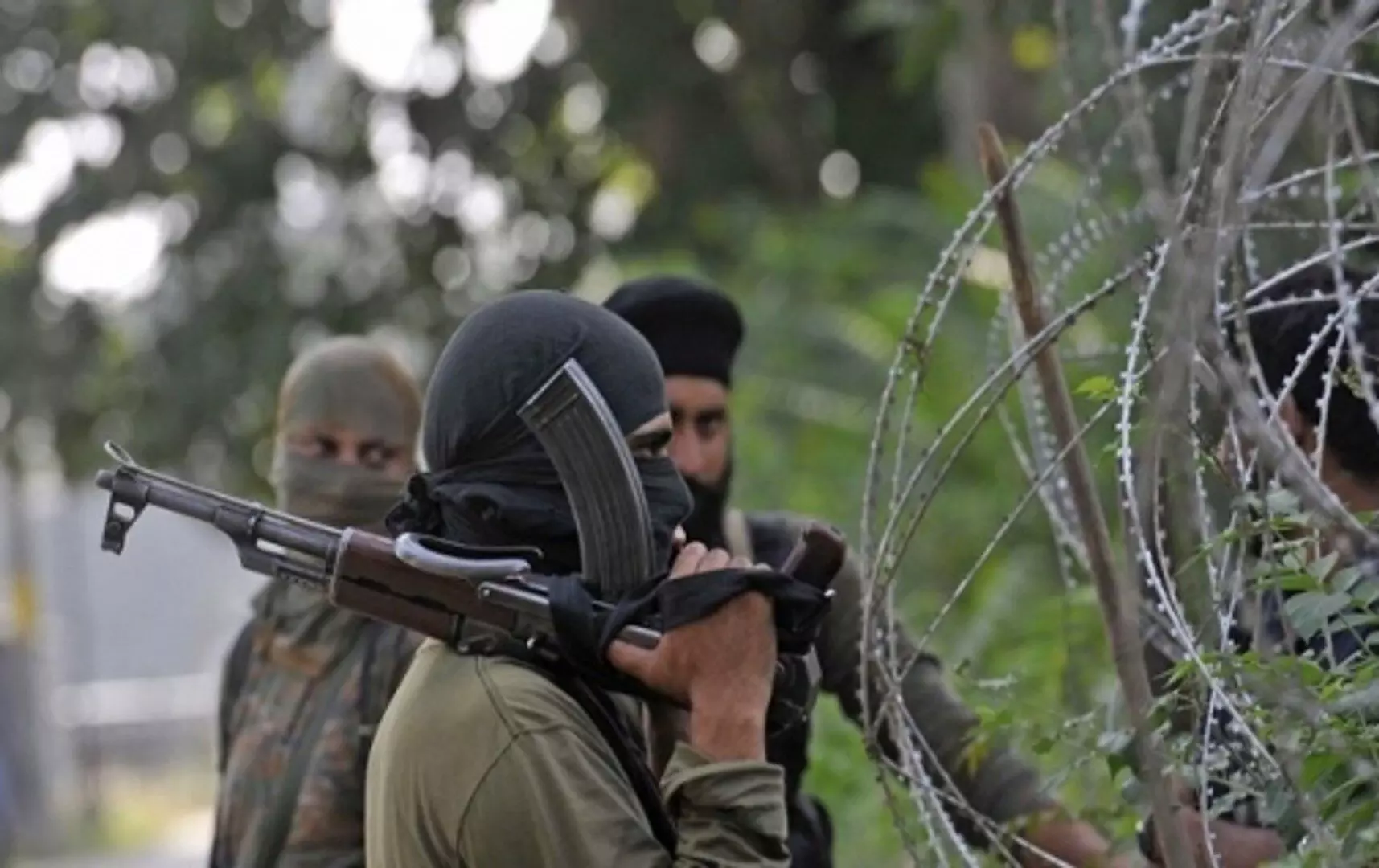Unabated ordeal

As terrorists gunned down Sanjay Sharma, a Kashmiri Pandit and bank guard by profession, the message is loud and clear — all is not well in Kashmir. The targeted killing, right under the nose of the police, has once again exposed that the plight of Kashmiri Pandits continues unabated in the valley, no matter what the political masters have to say. Reports suggest that Sharma’s was the lone household of the community in the Achan area of Pulwama. In October last year, Kashmiri Pandit Puran Krishan Bhat was shot dead by terrorists in Shopian, followed by the grenade killing of Monish Kumar and Ram Sagar in the same district. The killings had triggered the migration of Kashmiri Pandits to Jammu. The Quint cited data shared by Kashmiri Pandit Sangharsh Samiti (KPSS), a welfare body of 789 Pandit families living in Kashmir, stating that there have been 21 fatalities of Hindu residents in Kashmir since 2020. The fact that the families who chose to stay in the valley even in the most threatening times of the 1990s are now being forced to migrate, or killed, reveals how gory the picture is! Sanjay Sharma’s family that braved all odds over the decades, but sought police protection only a couple of months ago, is now in shambles. These are all indications that contrary to the claims of ‘normalcy’, the situation in the valley is worsening, particularly for the Kashmiri Pandits. It is evidently clear that the reorganisation of J&K state in August 2019 brought no respite to the bereaved community. The hopes of those who fled the valley in the 1990s, of making a return, stand on feeble ground. The killing of Sanjay Sharma appears to be an attempt by terrorists to foment Hindu-Muslim divide in the valley to lure more militants into their fold. The police have been cracking down heavily on militants and terrorists over the past couple of years. Since December 2019, the valley has witnessed the killing of 552 militants. Reports suggest that plans of further crackdown are in the pipeline. It may be important to understand the changed dynamics of militancy in Jammu & Kashmir post the abrogation of Article 370 and reorganisation of the state into a Union Territory. A new and more refined trend of ‘hybrid militancy’ has surfaced. The erstwhile hot-headed bluntness of militancy is giving way to cold-hearted conspiracies where secrecy is the key weapon to inflict insidious wounds. They are using middle-men to ensure anonymity. Breaking the shroud of this anonymity is a grave challenge for the police, though they claim to have overcome initial challenges in this regard. It also needs to be understood that militancy in the valley feeds on violence — be it from the terrorists or from the officers. It appears to be a near impossible task for the police to eliminate or curb militancy through high-handed crackdowns. It is difficult to imagine authorities plugging all the gaps while new ones are created on a perpetual basis. Moreover, militancy is as much a social problem as it is a security problem. The very idea of the state fighting against society, or a misguided part of it, to ensure social harmony is flawed. Unfortunately, the thin line of distinction between militants and terrorists has blurred over the past decade, and hardly anyone cares to pay heed to this aspect. The terrorists in the valley are striking at the roots through target killings to create a Hindu-Muslim divide that would lure potential militants. The state, too, needs to hit at the roots by creating an ambience that disincentivises militancy. An alternative to keep eliminating militants could be to prevent people from turning into militants, and bringing existing militants into mainstream society. The aim of terrorists is to create an ambience of fear, violence and desperation. As a counter, the state should choose a more difficult path of ensuring peace and harmony, and preventing violence. To expect all this from a centralised bureaucracy is a futile thing. The need of the hour is to restore the statehood of J&K, and allow people to place their representatives in the government in a free and fair environment.



